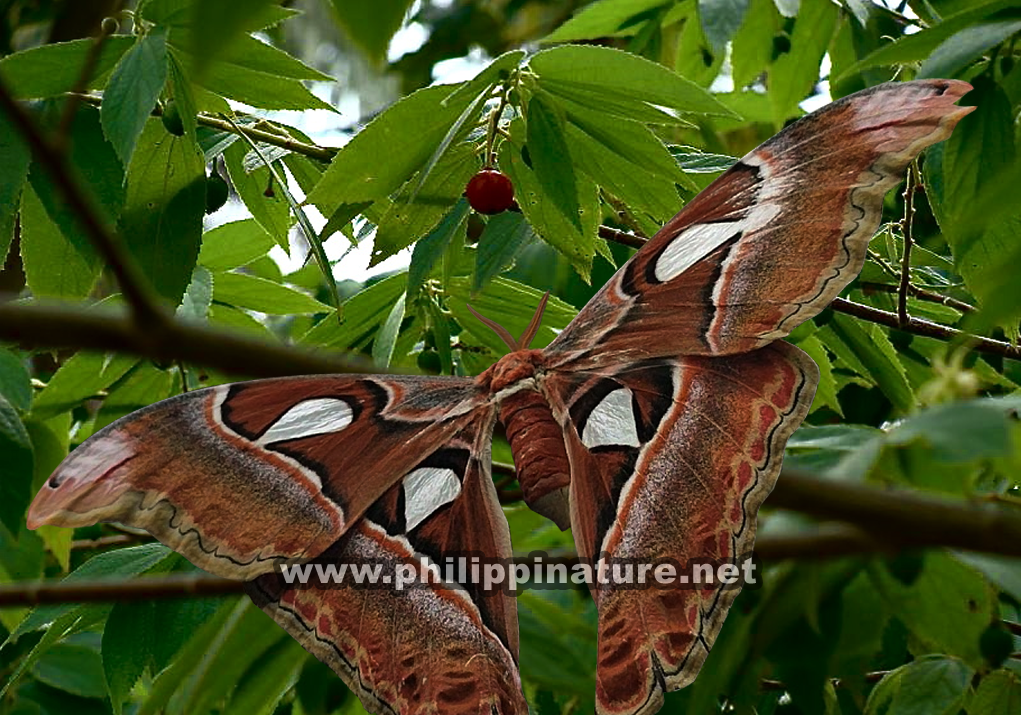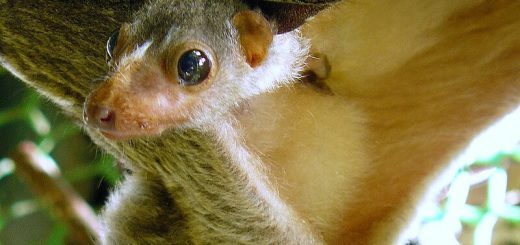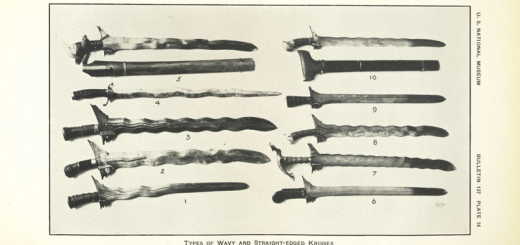Atlas moth

Famously known as Mariposa in the Philippines, the Atlas moth, is a large saturniid moth endemic to the forests of Asia. It is one of the largest lepidopterans with a wingspan measuring up to 10.3 inches, which makes the atlas moth the lepidopteran species with the second largest documented wing span.
Their body is small compared to the wings and the upper side of the wings is reddish brown with a pattern of black, white, pink, and purple lines. There are triangular, scale-less windows bordered in black on each of the four wings. The undersides of the wings are paler. The tips of both forewings have prominent extensions that resemble the head of a snake. The resemblance which is exaggerated by movements of the wings when the moth is confronted by potential predators.
The Atlas moth do not eat once they have emerged from the cocoon, relying on fat storage for energy. With its huge physical appearance, every flight takes valuable energy and can take days off their already short lives, as it has a very short life span of only 1 to 2 weeks. They conserve energy by flying as little as possible. To conserve energy, the moths rest during the day and fly at night. A female will wait for a male to come along and be fertilised, lay eggs and die.
Scientific Name: Attacus atlas
Family: Saturniidae
References:
https://en.wikipedia.org/wiki/Attacus_atlas
https://entnemdept.ufl.edu/walker/ufbir/chapters/chapter_32.shtml










